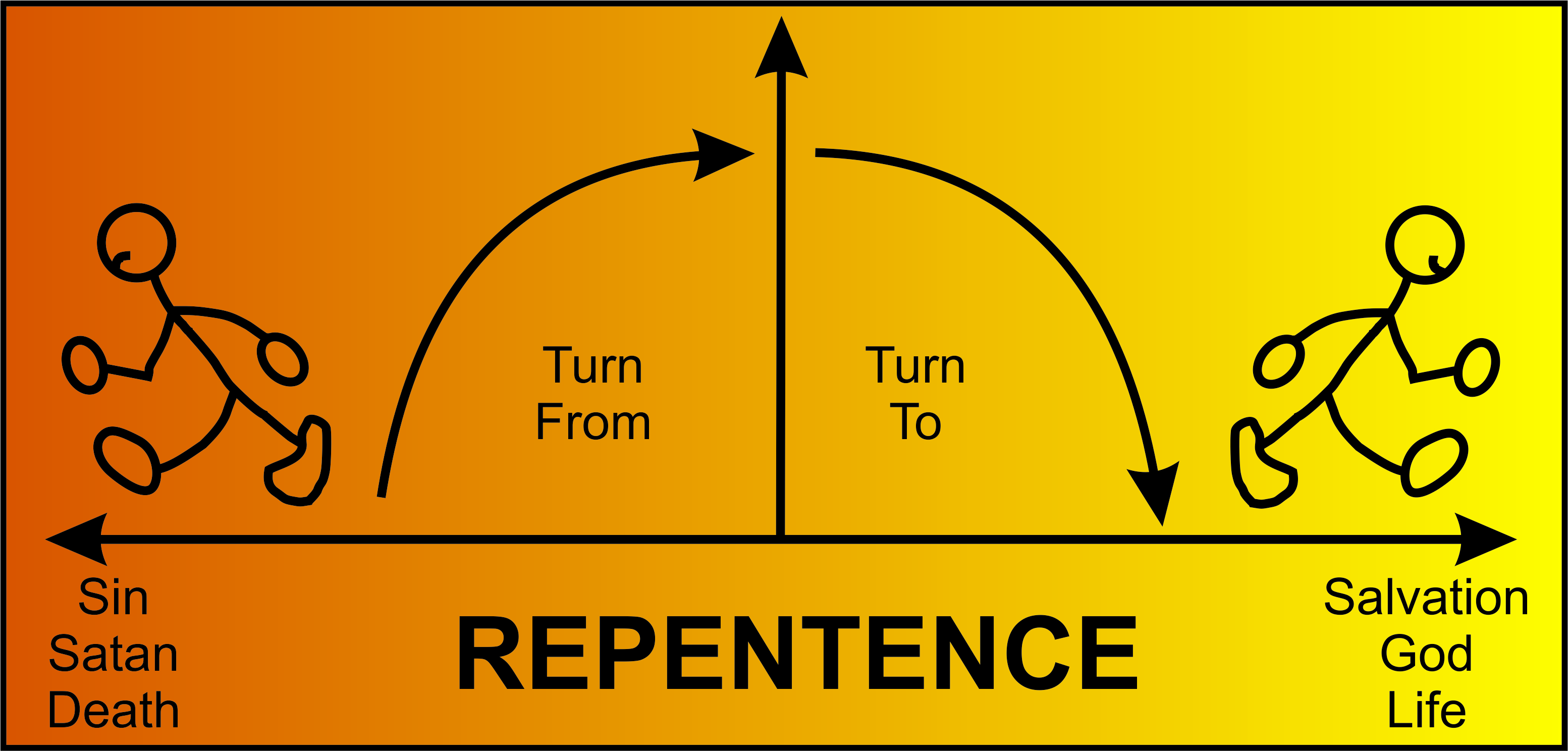
In 1954 Billy Graham held a
crusade in London’s famous Harringay Arena. Thousands flocked to see the fiery
American evangelist, many of which were skeptics and critics. Before Graham arrived
the media and the haughty Episcopal clergy lampooned him as a simpleton. “Silly
Billy” is how they derided him. The story goes that on one of the first nights
a medical doctor and another man sat side-by-side finding fault with almost
everything Billy said.
Yet, as Billy began to
preach hot-and-heavy, the power of God’s Word began to take its toll on their hearts.
Billy quoted from Jeremiah 23:29, “Is not My word, like a hammer that breaks
the rock in pieces?” That hammer broke hard hearts and Holy Spirit conviction
came to that place. When the altar call was given, the doctor who had been
ridiculing Graham said to the man next to him, “I don’t know about you, but I’m
going down there to give my heart to Christ.” And the man next to him replied, “Yes,
and I’ll go with you. By the way sir, here’s your billfold. I was a pickpocket.”[i]
When it was all said and
done, more than 2,000,000 people attended the crusade meetings, and nearly
40,000 made a commitment to Christ.[ii]
That story not only
illustrates the power of the Gospel to change hearts, but I think it also gives
a good example of what repentance looks like—“I was a pickpocket.” Repentance is a change of mind that leads
to a change of behavior. It’s a 180 degree turn from the broad way of
destruction to the straight and narrow path that leads to life. It’s more than
regret and it’s more than remorse. Repentance is not just confessing sin, it’s
also forsaking sin. Moreover, repentance is not just a one-time decision—it’s a
posture of the heart that we carry throughout our Christian life.
“Repent and believe the
Gospel,” was Jesus' first sermon (Mark 1:14). Sadly, repentance is a forgotten
word in our streamlined evangelistic outlines and our preaching. Vance Havner,
the old country preacher said, “We are trying to get people in our pews to say,
“Here I am,” before they have faced their sin and said, “Woe is me!”[iii]
Billy Graham wrote, “We
have preached the dignity of humanity rather than our depravity. We have
declared our goodness rather than our wickedness . . . Gone is the mourner’s
bench and the tear-stained cheeks of godly sorrow for sin and gone is the joy
in heaven over wanderers returning to the Father’s house.”[iv]
So, what does repentance
look like in the Bible? There are several examples we could point to:
·
After his season
of suffering, Job bemoaned the fact that he thought he knew more about justice
than God did. He covered himself in ashes and repented (Job 42:1-6).
·
David cried out to
God for cleansing and forgiveness after his double sin of adultery and murder (Ps.
51).
·
The people of
Nehemiah’s day confessed their sins, fasted and reaffirmed their desire obey
the Word of God (Neh. 9:1-3).
·
After Jonah
preached to Nineveh, the king of the city announced a time of mourning for their
wickedness and prayer that God would turn away from judgment (Jonah 3:4-10).
·
After meeting
Jesus, Zacchaeus vowed to repay all the people he had defrauded (Luke 19:1-10).
Just studying these
examples, there are three steps to biblical repentance. First, is conviction.
There can be no turning
back unless there is first a conviction that you are going the wrong way.
Conviction is a signpost planted in the heart by the Holy Spirit saying, “Danger!
Turn Around Now! You Are Going the Wrong Way!"
Second is contrition, or godly sorrow. It is a
sincere hatred of past sins and an earnest desire to walk in a new path of
righteousness.
Third there is changing. Repentance must be followed by
radical steps of obedience to God and change. Repentance doesn’t mean anything
if you keep doing what you are sorry for.
Have you repented? Have
you changed? Is your life different from how it used to be? Is there a sin,
addiction or habit that you need to forsake right now? The repentant heart is the one that God can
use. Peter repented, and he became a mighty rock in the structure of the
Church. David repented, and his joy broke forth in the music of the Psalms.
Jonah repented, and a great city heard the Gospel and turned to God. Paul
repented, and God used him to take the light of the Gospel to a pagan world
preaching, “God commands all men everywhere to repent” (Acts 17:30).” -DM
[i]
Adrian Rogers, What Every Christian Ought
to Know (Nashville, TN: Broadman & Holman, 2005), 24.
[ii]
<https://billygrahamlibrary.org/crusade-city-spotlight-london/>
[iii]
Dennis J. Hester, The Vance Havner Quote
Book (Grand Rapids, MI: Baker, 1986), 187.
[iv]
Billy Graham, “True Repentance, Real Change,” Decision, January 2007 <https://billygraham.org/decision-magazine/january-2007/true-repentance-real-change/>
No comments:
Post a Comment